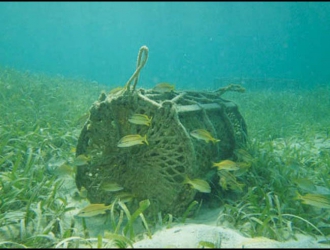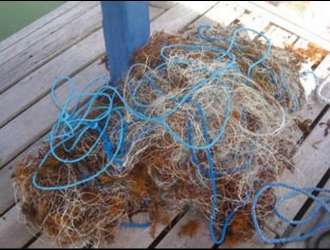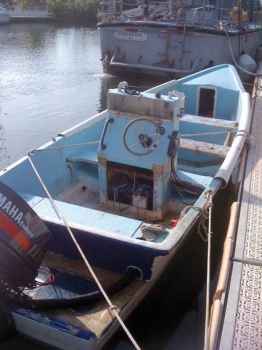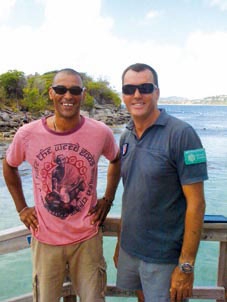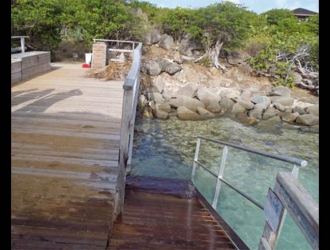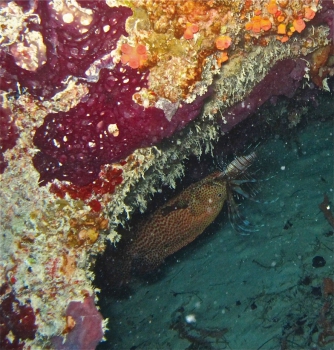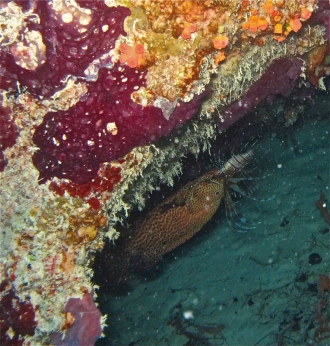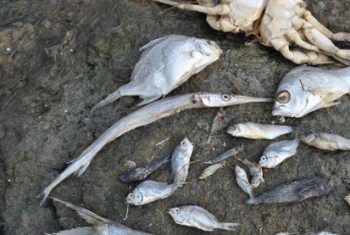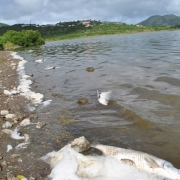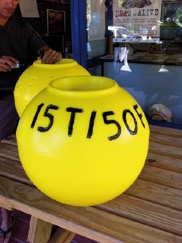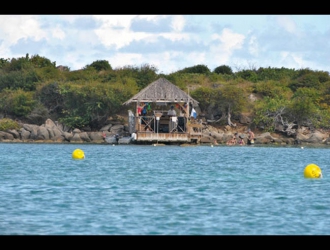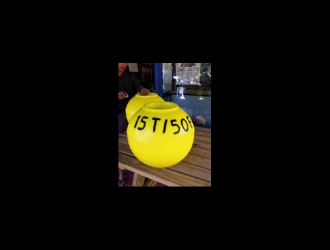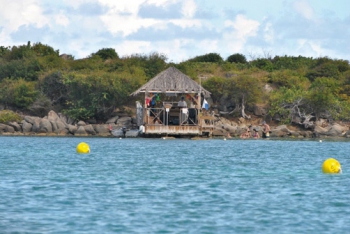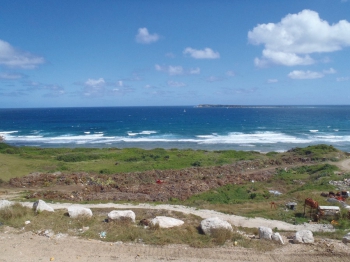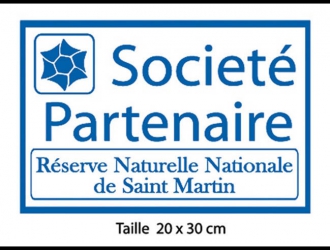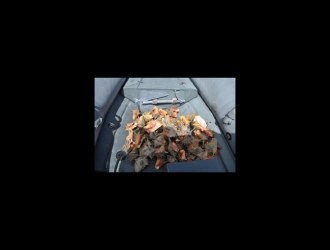When conciliation doesn’t work…
In accord with the Conservatoire du Littoral and after an unfruitful attempt tentative at conciliation, the Réserve Naturelle decided to enforce a stricter strategy to ensure that commercial operations at Galion respect the regulations. As a result of controls by the agents of the Réserve last November, three out of four companies - The Butterfly Farm, the GM Education dog training center, and the PawSitive refuge - were not respecting the law and cited for two different infractions: first for occupying land that belongs to the Conservatoire du Littoral without authorization; and secondly for non-authorized activities within the Réserve Naturelle. Only the Bay Side Equestrian Center, which follows the law to the letter and was included in the creation of the Réserve, can provide this type of activity.
A third offense for recurring pollution
On Monday, November 24, the Réserve Naturelle filed a third report against the hotel, La Samanna, for runoff of gray water into the Grand Étang at Terres Basses, and this came after two requests that the hotel do the necessary work to avoid the pollution. In 2012, a meeting was held with the Réserve, the management of the hotel, and the “Establishment For Water And Sanitation” (EEASM), owner of the pipes and the pumping station that La Samanna claims were not functioning properly. Yet is seems that some of the gray water coming from the laundry of the hotel has not been properly filtered and the residue from textiles causes clogging, while at the same time, the grease traps are too small, and all of the gray water from the hotel is released into the system without any sort of treatment. The report was sent to the assistant prosecutor and the case will be judged in Saint Martin.
Man fined for illegal kite-surfing
The official regulation prohibiting kite-surfing in Galion bay is sadly not always respected—and often misunderstood - but the agents of the Réserve Naturelle are willing to discuss this with those who like this sport, and until November 21 had not been obliged to fine for infractions. But on that day, a kite surfer who had been warned several times was eventually fined for the practice of an activity that is not allowed within the Réserve.
The Butterfly Farm fined by the ONCFS
The ONCFS (French National Office For Hunting and Wildlife) does not have a branch in Saint Martin, but regularly sends agents from Guadeloupe on assignment. Present on the island from November 17-21, two ONCFS agents controlled The Butterfly Farm and noted that the operator was working without authorization from the Réserve or the Prefecture, in spite of numerous reminders that he had neither the insurance or authorization to possess wildlife. A violation was issued and sent to the pubic prosecutor’s office.
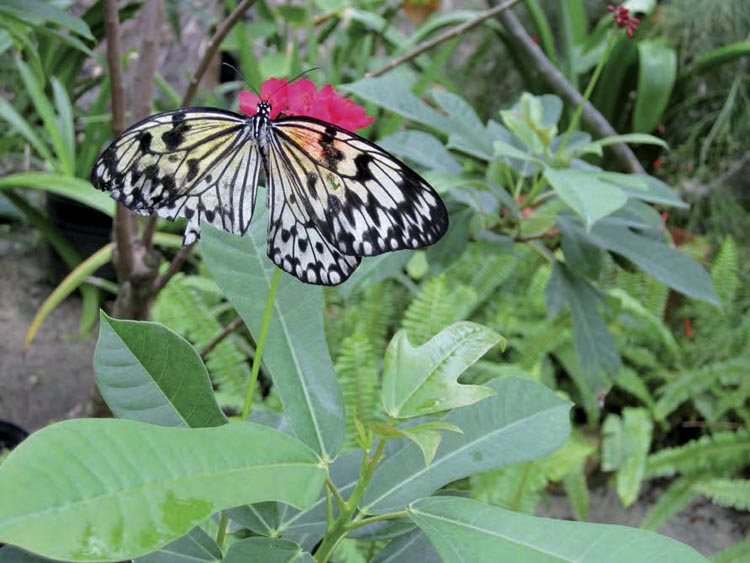

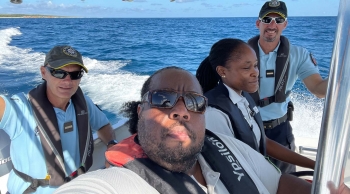
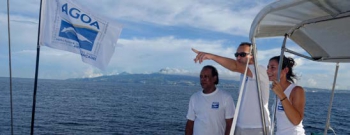
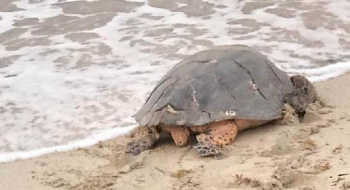
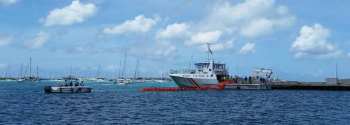
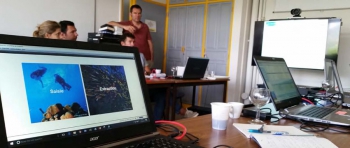

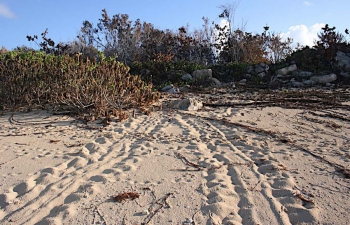
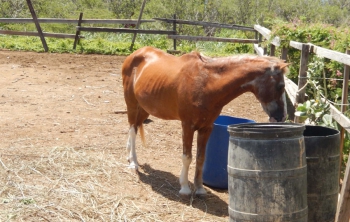
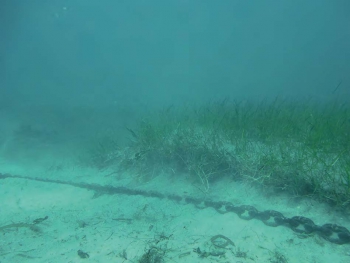
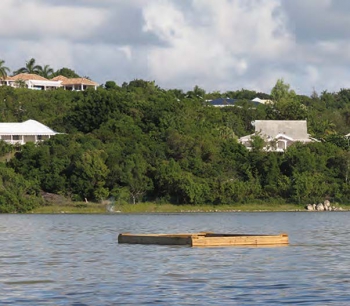
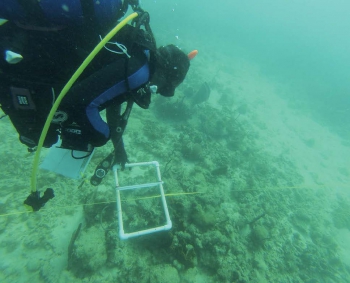
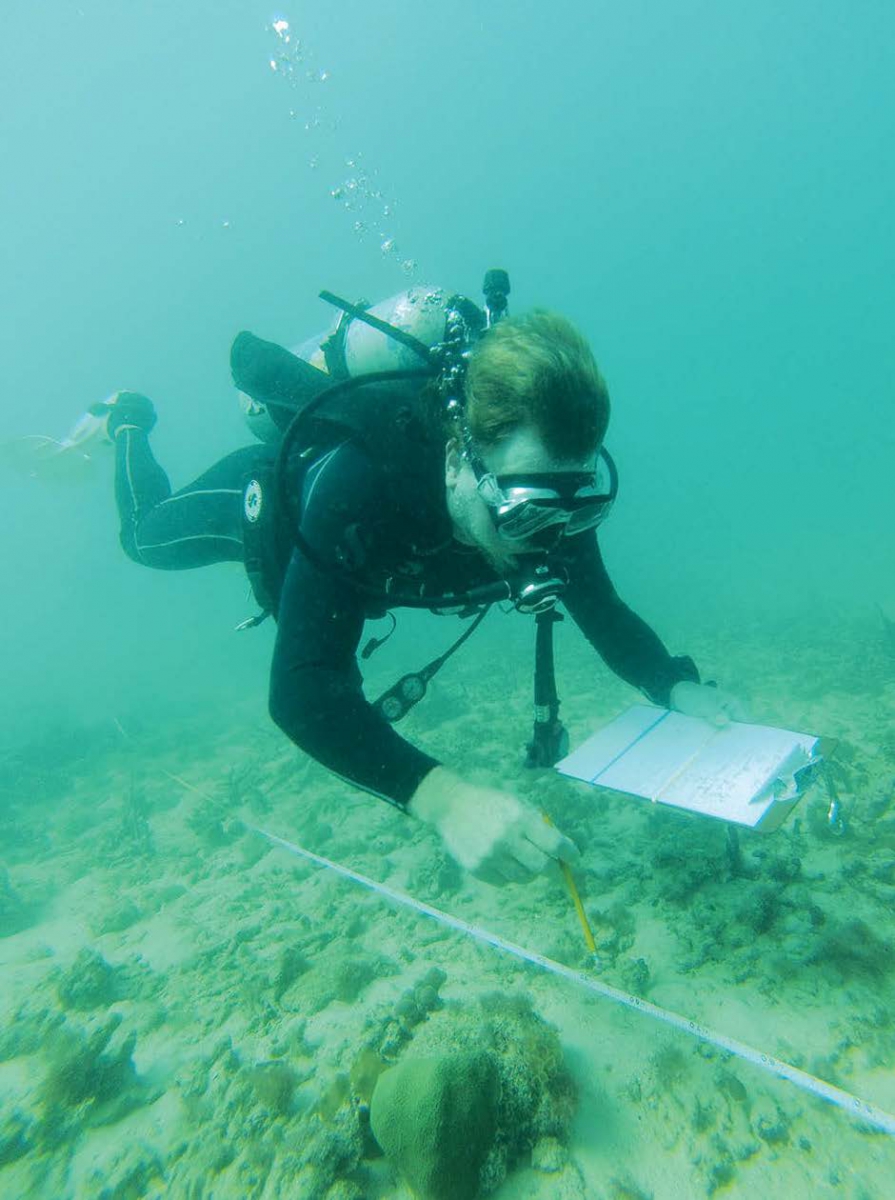 That is one of the reasons that the Global Coral Reef Monitoring Network (GCRMN) organized a technical atelier in Discovery Bay, Jamaica, April 17-26, 2016. Julien Chalifour, director of the scientific sector of the Réserve Naturelle de Saint-Martin, attended and met with scientists from the USA, Cuba, Venezuela, and Barbados, as well as Saba, Statia, Sint Maarten, and Saint Barth. They presented their monitoring techniques and pooled their common experiences and knowledge in the spirit of sharing. As a result, several presentations increased awareness of the actions outlined in the highly compatible protocol that has been in effect in Saint Martin since 2008. One of these activities, better estimating the transparency of the water thanks to a Secchi disk, has already been taken into consideration. The SPAW-RAC, co-organizer of the event, financed the trip for Julien Chalifour and Sébastien Gréaux, his counterpart at the Territorial Environmental Agency of Saint Barthélemy. This harmonization of methods, and the data produced, will contribute to improvement in the exchanges between the participants, as well as enhancing the global vision and overall condition of the coral reefs in the Caribbean, with an eye toward sustainable regional management.
That is one of the reasons that the Global Coral Reef Monitoring Network (GCRMN) organized a technical atelier in Discovery Bay, Jamaica, April 17-26, 2016. Julien Chalifour, director of the scientific sector of the Réserve Naturelle de Saint-Martin, attended and met with scientists from the USA, Cuba, Venezuela, and Barbados, as well as Saba, Statia, Sint Maarten, and Saint Barth. They presented their monitoring techniques and pooled their common experiences and knowledge in the spirit of sharing. As a result, several presentations increased awareness of the actions outlined in the highly compatible protocol that has been in effect in Saint Martin since 2008. One of these activities, better estimating the transparency of the water thanks to a Secchi disk, has already been taken into consideration. The SPAW-RAC, co-organizer of the event, financed the trip for Julien Chalifour and Sébastien Gréaux, his counterpart at the Territorial Environmental Agency of Saint Barthélemy. This harmonization of methods, and the data produced, will contribute to improvement in the exchanges between the participants, as well as enhancing the global vision and overall condition of the coral reefs in the Caribbean, with an eye toward sustainable regional management.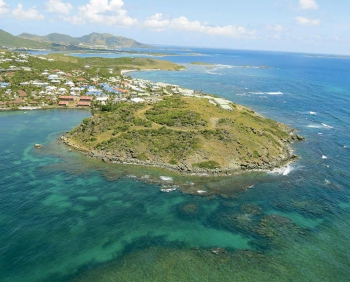
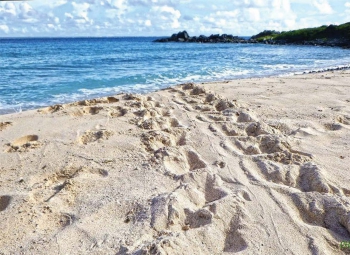
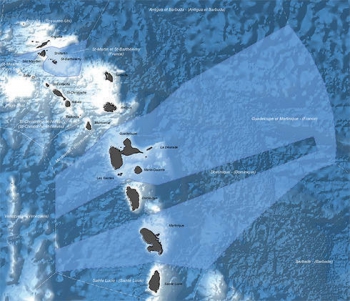
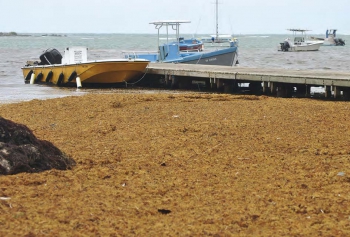
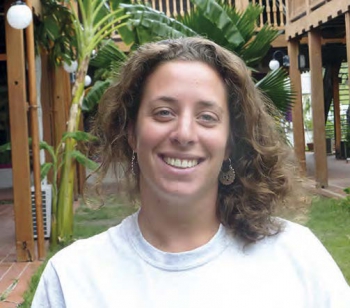
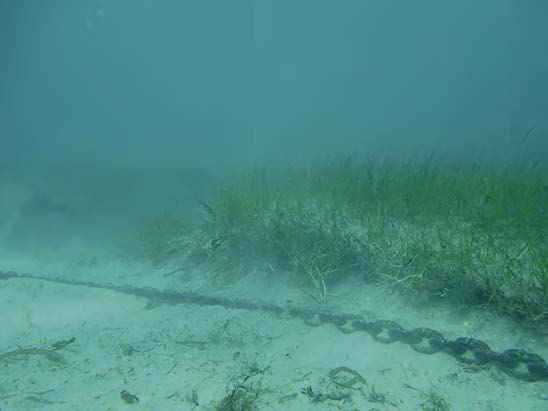 This herbarium is the object of a project for Charlotte Bousquet, a student at the University of La Rochelle in a master’s program for «environmental sciences and littoral ecology ». She is doing an internship at the Réserve Naturelle from February through July 2016, and began by studying and describing this herbarium, before observing how boats sometimes drop their anchors on the herbarium since the moorings are all occupied, which is not a valid reason. The core of her mission consists in determining the different way boats use three zones: the sandy mooring zone; the sandy zone behind the moorings; and the zone of the herbarium where boats sometimes drop their anchors. On the basis of the results, she will formulate recommendations for the optimum management of these three zones, in order to improve their conservation.
This herbarium is the object of a project for Charlotte Bousquet, a student at the University of La Rochelle in a master’s program for «environmental sciences and littoral ecology ». She is doing an internship at the Réserve Naturelle from February through July 2016, and began by studying and describing this herbarium, before observing how boats sometimes drop their anchors on the herbarium since the moorings are all occupied, which is not a valid reason. The core of her mission consists in determining the different way boats use three zones: the sandy mooring zone; the sandy zone behind the moorings; and the zone of the herbarium where boats sometimes drop their anchors. On the basis of the results, she will formulate recommendations for the optimum management of these three zones, in order to improve their conservation.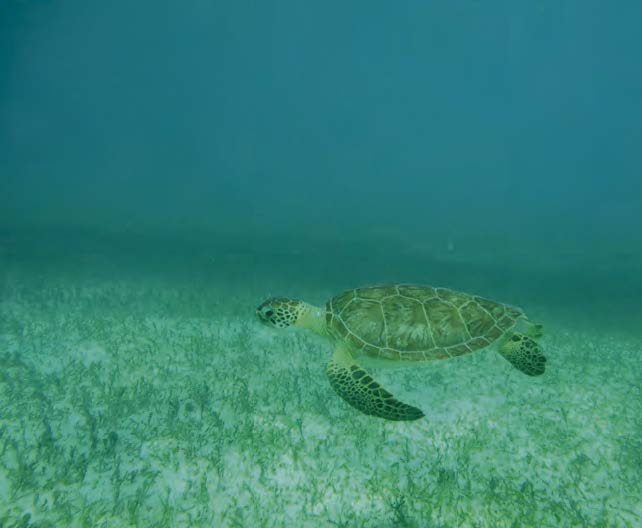
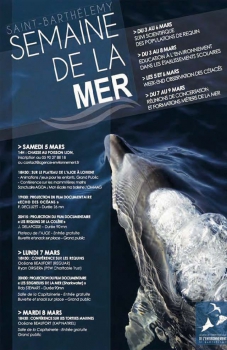
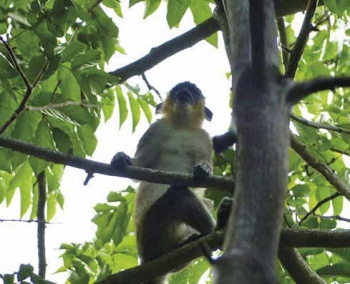
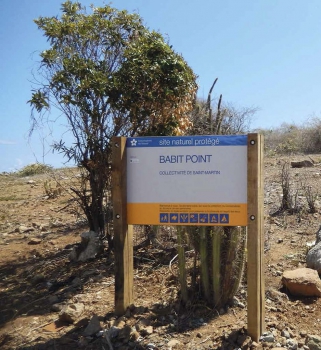
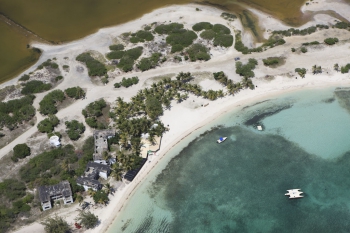
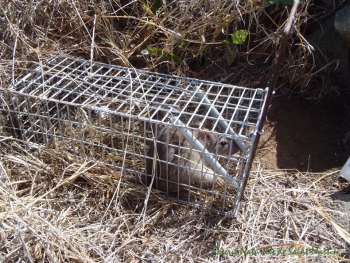
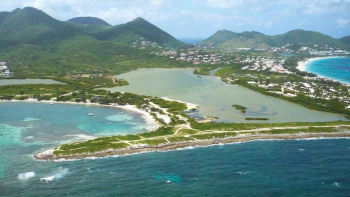
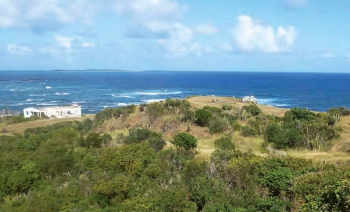
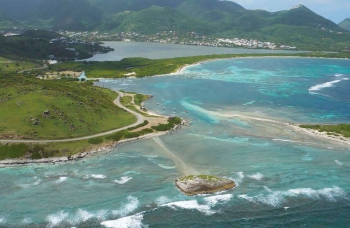
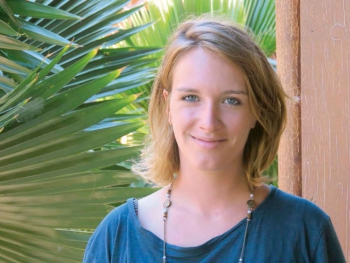
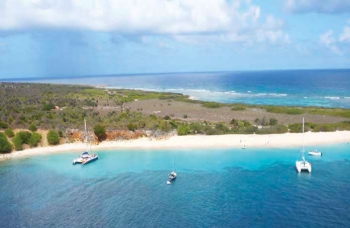
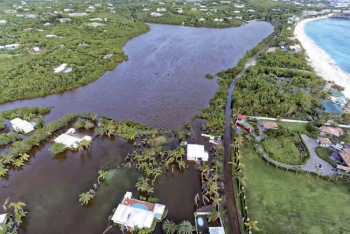
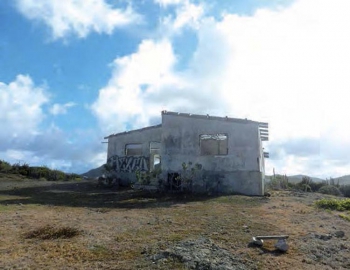
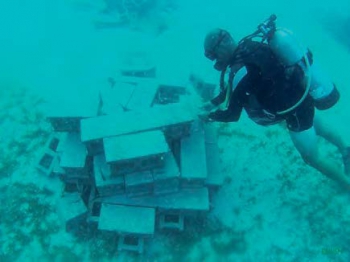
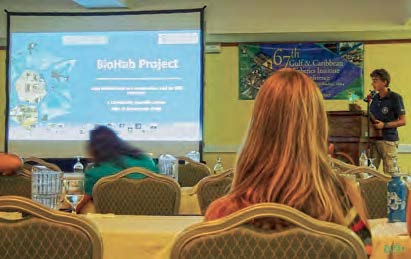
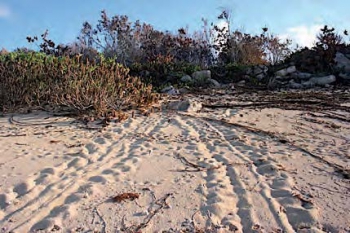

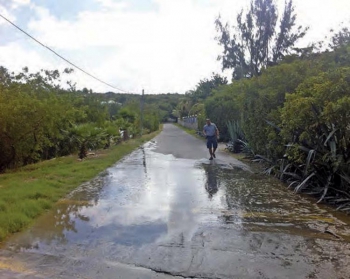

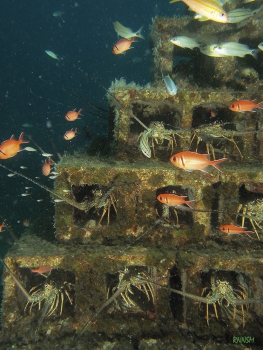
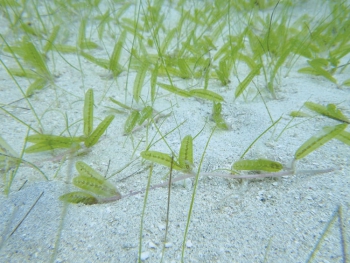
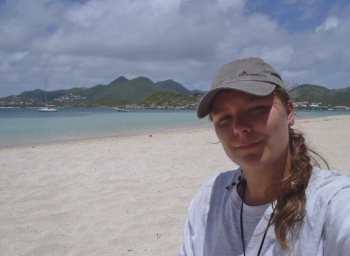
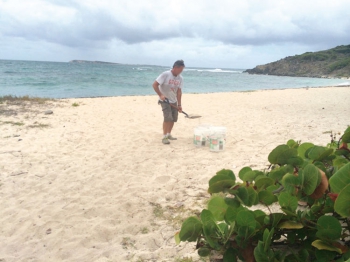
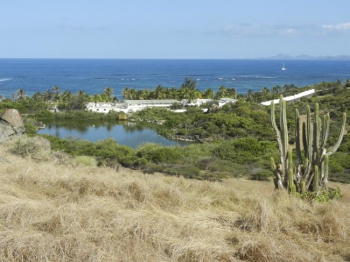
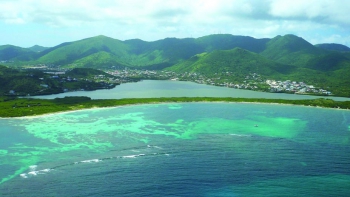
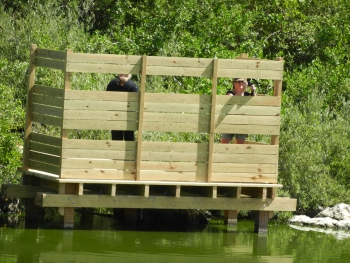
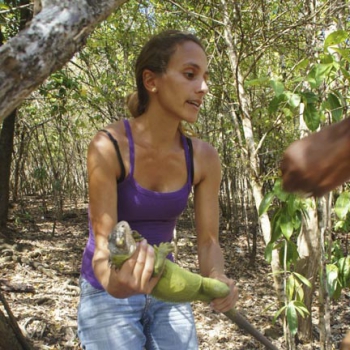

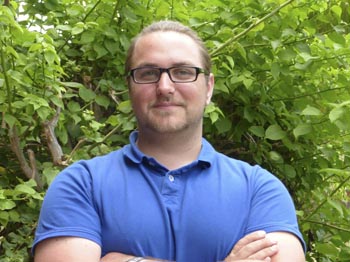
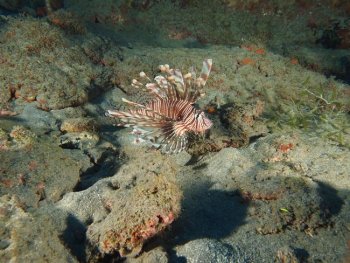
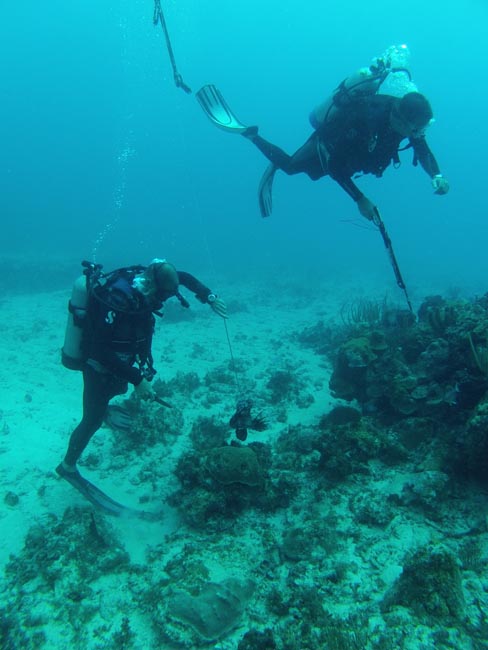
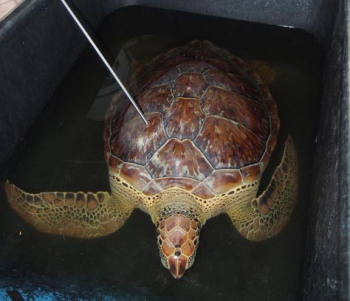
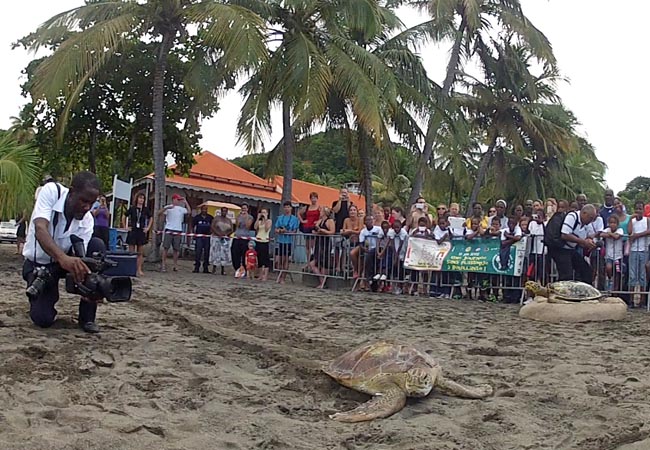
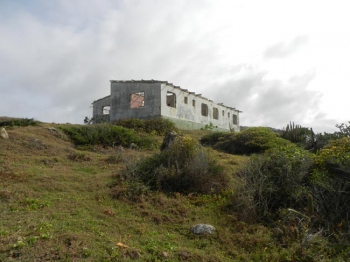
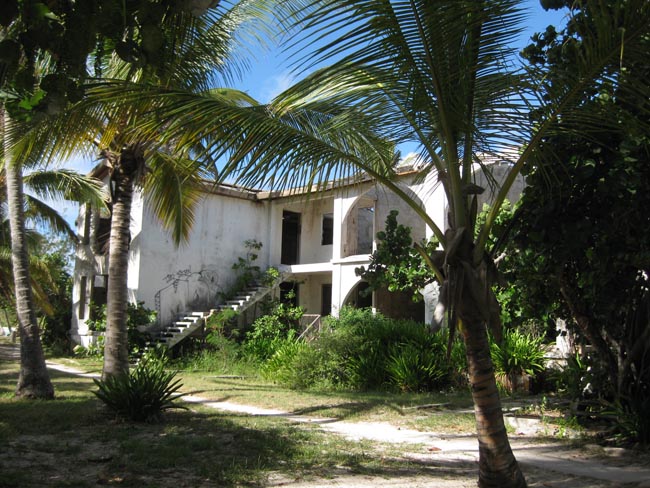
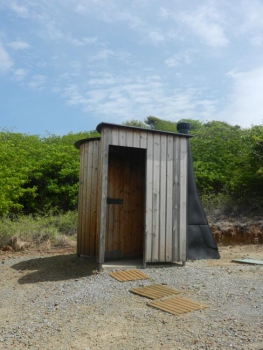
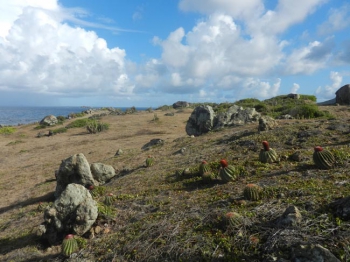
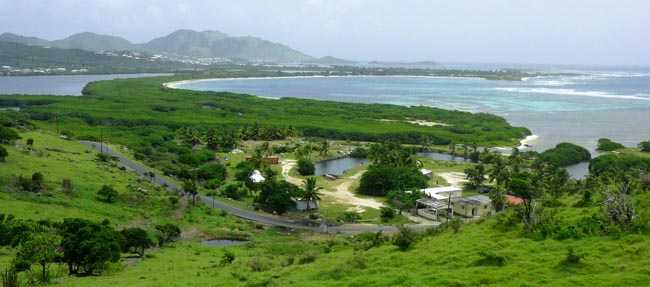
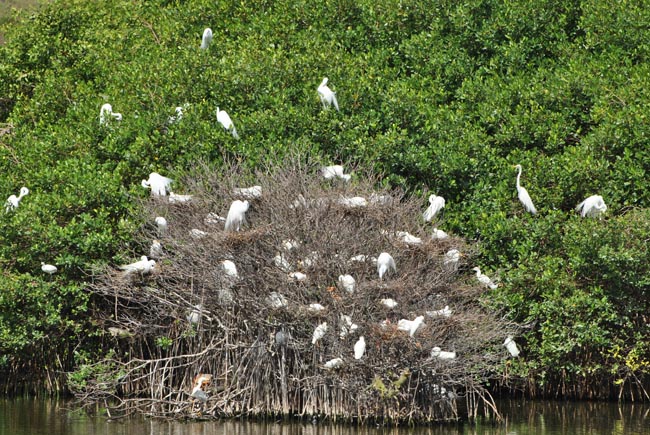
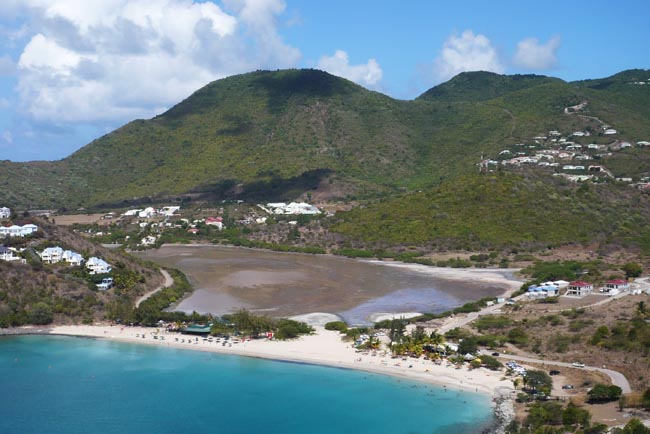


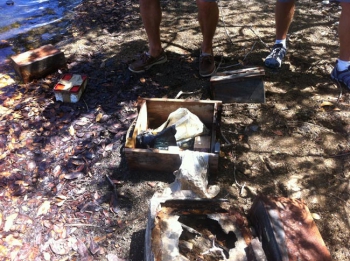
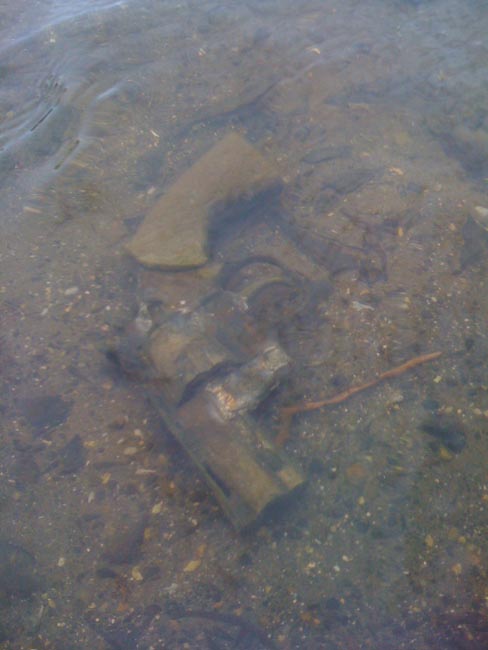
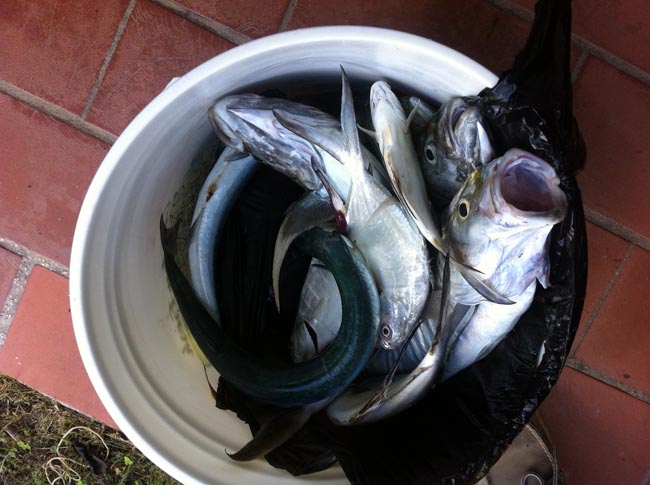
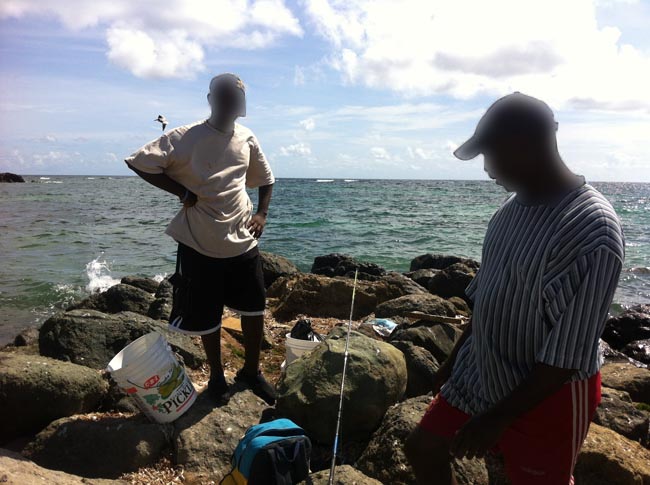

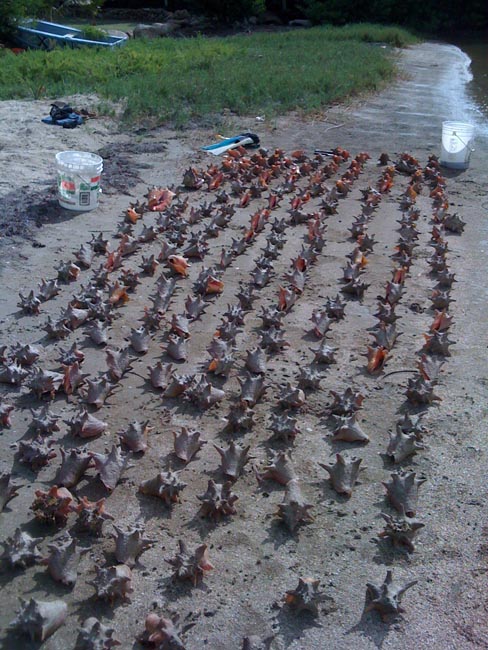
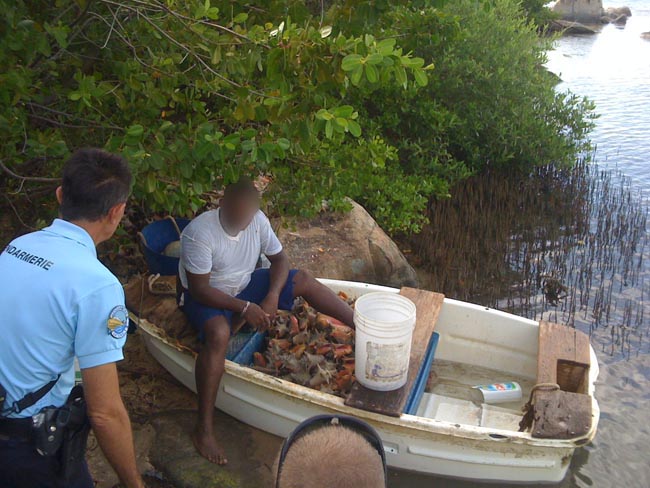
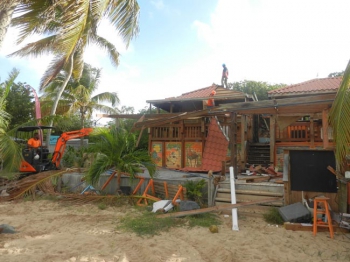
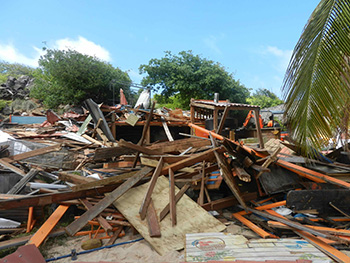
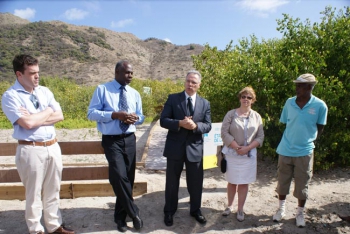
 Again with regards to this site, the Conservatoire wishes to work in collaboration with the Collectivity on the development of the boundary area between the pond and the sea, and more widely to the dock area of Cul-de-Sac, with the idea of welcoming the numerous visitors for Pinel in a more appreciable environment. Further to this, the inaugural visit of the stilted wooden walkway on the Barriére Salt Pond, recently built by the Conservatoire du Littoral, took place during the CRFA. This trail allows visitors to enter the heart of the mangroves that are home to many bird species. Thanks to the numerous educational signboards posted along the walkway, the secrets of the mangroves no longer remain hidden from visitors. This walkway completes the network of facilities already established by the Conservatoire du Littoral, whereby all the major types of ecosystems on the island are now represented: dry coastal forest on the trail of Froussards, coastline vegetation on Pinel, and seascapes at the Coralita Observatory.
Again with regards to this site, the Conservatoire wishes to work in collaboration with the Collectivity on the development of the boundary area between the pond and the sea, and more widely to the dock area of Cul-de-Sac, with the idea of welcoming the numerous visitors for Pinel in a more appreciable environment. Further to this, the inaugural visit of the stilted wooden walkway on the Barriére Salt Pond, recently built by the Conservatoire du Littoral, took place during the CRFA. This trail allows visitors to enter the heart of the mangroves that are home to many bird species. Thanks to the numerous educational signboards posted along the walkway, the secrets of the mangroves no longer remain hidden from visitors. This walkway completes the network of facilities already established by the Conservatoire du Littoral, whereby all the major types of ecosystems on the island are now represented: dry coastal forest on the trail of Froussards, coastline vegetation on Pinel, and seascapes at the Coralita Observatory.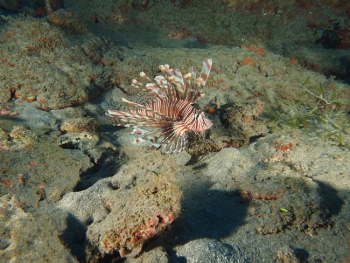

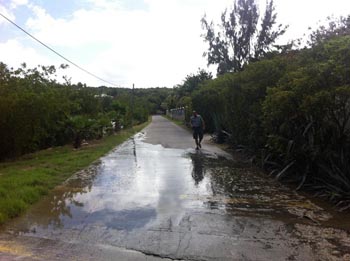
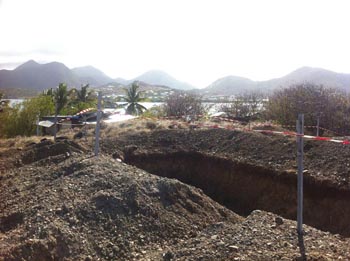
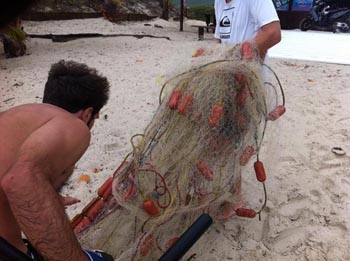
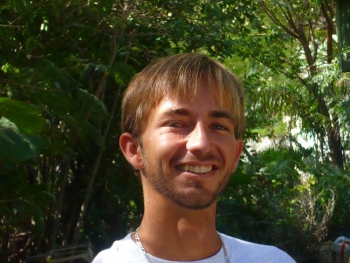
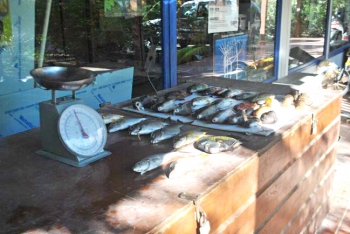
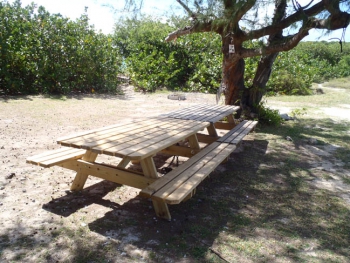
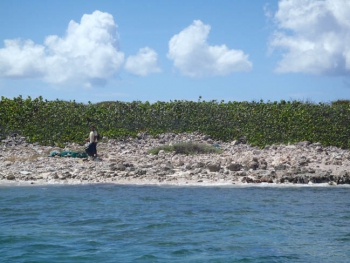
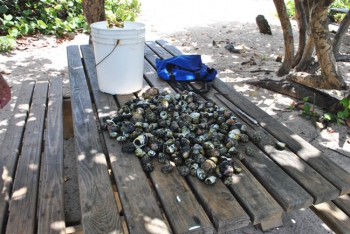
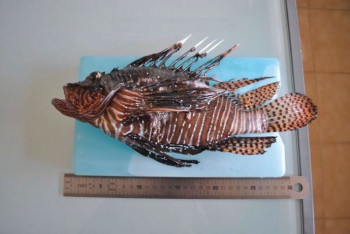
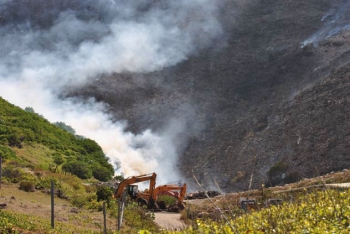
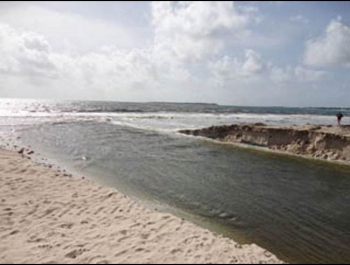
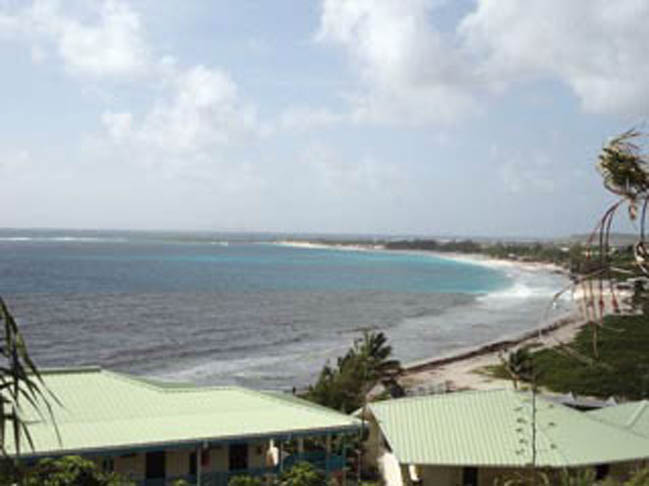
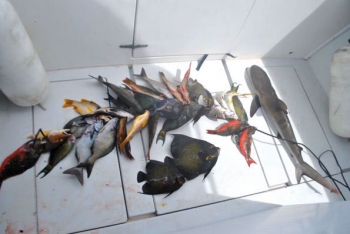
 Apparently it is, since there have been five times within three months when the rangers of the Réserve reported the fishermen and seized their fishing gear.
Apparently it is, since there have been five times within three months when the rangers of the Réserve reported the fishermen and seized their fishing gear.